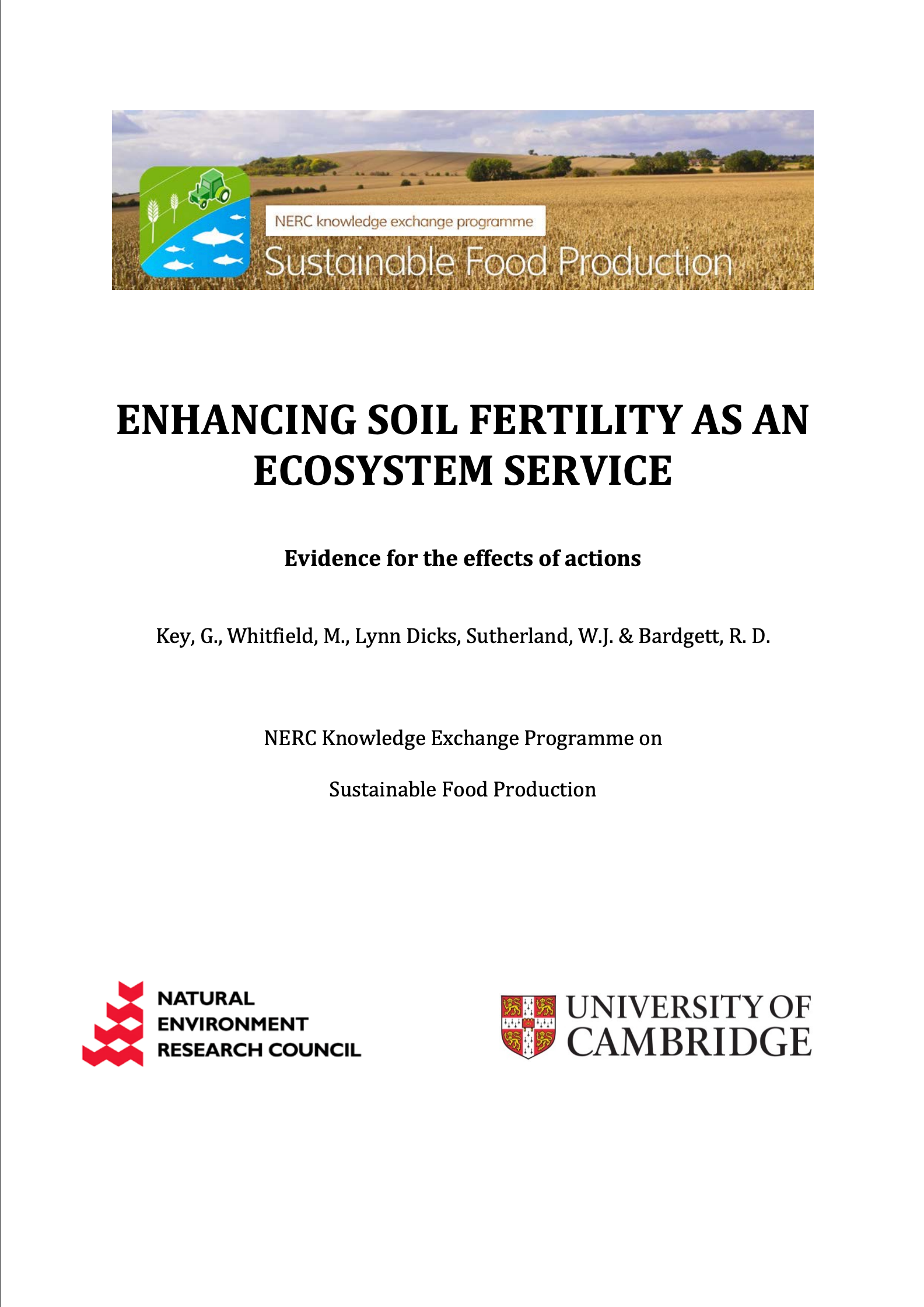Change the timing of ploughing
-
Overall effectiveness category Unknown effectiveness (limited evidence)
-
Number of studies: 2
View assessment score
Hide assessment score
How is the evidence assessed?
-
Effectiveness
46% -
Certainty
38% -
Harms
33%
Study locations
Supporting evidence from individual studies
A randomized, replicated site comparison study in 1989-1995 on coarse sand and sandy-loam soils in Denmark, found that nitrate loss from soil (leaching) was lower when ploughed in spring (81.5 kg N/ha) compared to winter (106.4 kg N/ha). Nitrate leaching was higher on coarse sand (160-254 kg N/ha) compared to sandy loam (129-233 kg N/ha) soils. Wheat Triticum aestivum, barley Hordeum vulgare and rye Secale cereal were grown at two locations. A ryegrass Lolium perenne/clover Trifolium repens ley mix was used, undersown with spring barley on areas 126 m2. Within these were two sampling plots 11 m2 (at Jyndevad) and 15 m2 (Foulum). There were five treatments: autumn ploughing with wheat followed by rye; autumn ploughing – wheat/barley; autumn ploughing – barley/rye; autumn ploughing – barley both years, spring ploughing – barley/rye. Soil samples were taken at the start and end of each treatment. Soil water, organic carbon and total nitrogen were measured.
Study and other actions testedA replicated site comparison study, from 1984 to 1996 on silty clay loam soils in southern Norway, found that spring tillage reduced annual soil loss by 90% compared with autumn tillage. Variations in winter climate (e.g. rainfall) also influenced soil loss. There were six sites, with varying plot size: Bjørnebekk (144m2, 11 replicates), Syverud (210m2, 12), Askim (147 and 267 m2, 6), Øsaker (176 m2, 8), Hellerud (180, 720, 816 m2, 8), Holt (2.7 ha catchment, not replicated). The tillage treatments were autumn ploughing, spring ploughing, autumn harrowing, spring harrowing, and direct drilling. Runoff and amount of eroded soil was measured.
Study and other actions tested
Where has this evidence come from?
List of journals searched by synopsis
All the journals searched for all synopses
This Action forms part of the Action Synopsis:
Soil Fertility
Soil Fertility - Published 2013
Soils Synopsis





)_2023.JPG)














